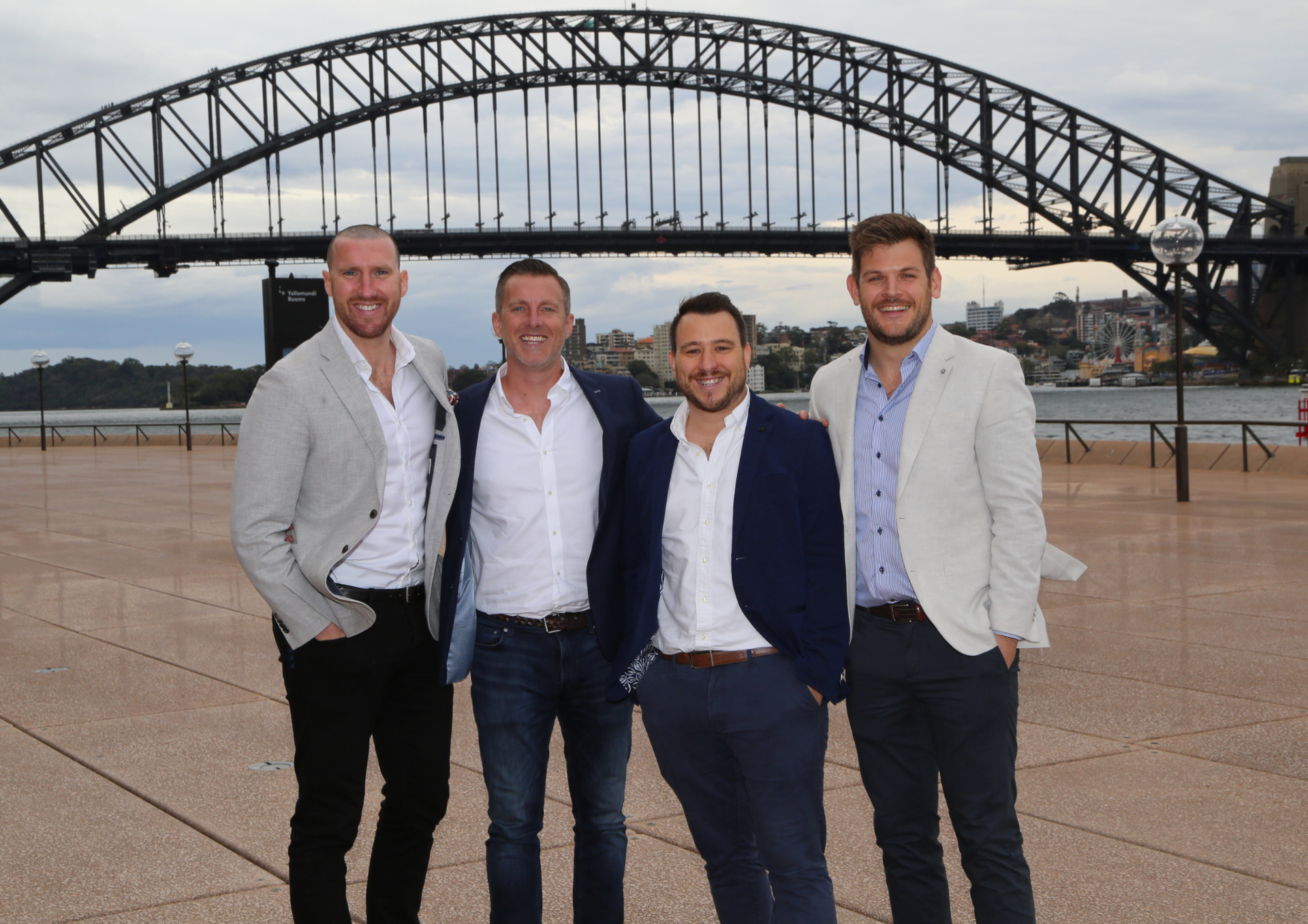How to map out your candidate journey to improve the candidate experience
A negative candidate experience can harm your employer brand and deter quality talent from applying. It can also cause candidate churn, ghosting, and a high rate of offer declines as disgruntled candidates dump you for your attentive competitors. And to be frank? This is a subtitle for your new post
Your competition is fierce.
That’s because the insatiable demand for skilled talent in recent years has turned candidate-centric recruitment experiences into an easy way for companies to stand out.
From early brand awareness to onboarding, here’s how to map out your candidate journey so you can improve the candidate experience and attract and retain your best talent.
In this guide:
Understanding the candidate journey
Remember the last time you bought a new car? You no doubt went through a lengthy decision-making process before you handed over your bank details. Maybe you saw an ad on Instagram, and you checked out their stories, visited the brand’s website, and googled the company to read the customer reviews. Maybe you found the car yard and arranged a demo.
Each of these steps is a touchpoint in your journey from product aware to excited new owner of a car.
Much like consumers, candidates go through a decision-making process over a series of touchpoints that take them from company- and role-aware to excited and engaged new employee. The more positive their experience, the more successful you’ll be at hiring and retaining them.
A standard candidate journey will generally have seven touchpoints. We’ve divided them into three distinct recruitment phases.
Pre-application phase
These are all your opportunities to connect with potential candidates and educate them on your employer brand – your intention is to give them the information they need to want to apply.
1. Awareness
Candidate thinks, ‘Who are they?’
Some touchpoint examples could be word of mouth via a friend or business network, social post or blog article, career fair, online webinar, or perhaps an interaction they’ve had as your customer. Finding your job ad on a job board can also be their first encounter with you.
2. Consideration
Candidate thinks, ‘Do I fit here? What’s in it for me?’
They’ve seen something they like and want more information. They may cover a few touchpoints in this stage, such as your career site, LinkedIn company profile, Glassdoor / third-party employer reviews, and/or employee stories. This is all in addition to what’s been covered in the awareness stage!
3. Interest
Candidate thinks, ‘I see myself working here. How do I join?’
They like the cut of your jib and are thinking they might apply for your role. Touchpoints here might include recruitment process FAQs on your career site, reaching out directly to the recruiter or employees in similar roles to ask role-related questions or finding your retargeted job ads while browsing online.
Application phase
The application phase covers all those touchpoints from the application form to job offers and rejections. Now consider, the three most common causes of a bad candidate experience are:
- poor or no communication from employers
- complicated application forms/process
- unpleasant interview
(luckily, all easy to fix!)
4. Application
Candidate thinks, ‘Has my application been received? When will I hear from them?’
Important touchpoints here for your review and consideration will be the quality, accuracy, and user-friendliness of your job ad copy, realistic role previews (job ads, DITLO and/or hiring manager videos), application form, shortlisting process (i.e. how many hoops will candidates jump through?), careers page, and candidate communication throughout shortlisting.
5. Selection
Candidate thinks, ‘Do they like me? What happens now?’
While your team are busy behind the scenes weighing up the pros and cons of interviewed candidates, the candidates themselves are nervously waiting around wondering whether you like them or not. This is a missed opportunity to maintain connection and provide transparency and reassurance about your shortlisting process and timelines.
6. Offers
Candidate thinks, ‘Woo hoo! I got the job!’ or ‘Drats. I wonder how I can improve.’
This is the part where you get to change someone’s life with an offer they can’t refuse. And for a truly candidate-centric move, you’ll also contact all unsuccessful candidates and provide feedback on their application. Communication channels could include email, phone call, SMS.
Post-application phase
7. Onboarding
Candidate thinks, ‘What do I need to do/know before I start? Where do I need to go?’
The post application phase is all about your pre-boarding and onboarding experience. This is where you continue the positive on-brand experience they’ve enjoyed for the past few weeks and provide the tools, forms, training, and resources they need to get up to speed quickly.
This could be managed through your ATS, through your online learning portal, specific onboarding platform, or manual contact.
Mapping out your candidate touchpoints
A lot can happen in each of these phases. Your aim is to map out the most likely opportunities and touchpoints and measure their strengths and weaknesses. Your best source of intel here is to survey and interview candidates and recent new hires (within 12 months).
You might also be able to scrape data from your ATS if it tracks where candidates come from before applying (e.g. LinkedIn, Seek, or your own career site) and Google Analytics if you have it set up properly with retargeting in play.
Finally, make sure you track and measure how your hiring managers and personnel communicate throughout recruitment – have you built an effective communication process and templates into your ATS?
You’ll want to aim for 3-5 touchpoints for each step in their journey from awareness to onboarding, listing the channels and responsible employees.
Creating consistent experiences at each touchpoint
Now that you know how people are interacting with your employer brand throughout their candidate journey, you can capitalise on any identified gaps and opportunities. For example, if your messages and the brand experience aren’t consistent, and your process is clunky, inefficient, and unenjoyable, then you can jump on it post haste!
Clear, prompt communication and feedback are some of the most highly valued aspects of a candidate’s experience, so consider reviewing and improving your approach to candidate communication as priority.
Create your candidate-centric recruitment experience to stand out
Every touchpoint is an opportunity to reinforce your employer brand and create a positive candidate experience more reflective of who you are.
For further reading, check out our follow up guide: How to create a standout candidate experience.


Recruitment International Awards’ The Rising Star’ award winner 2018, 2019 & 2020 & Best Large Recruitment Agency 2021

The Global Recruiter Asia Pacific Awards Best Newcomer Award Winner 2019

Quicklinks
Disciplines
Get in Touch
Sydney: Level 7/10 Spring St, Sydney NSW 2000
Brisbane: 40 Creek Street, Brisbane City QLD 4000
Melbourne: Level 7, 222 Exhibition Street, Melbourne VIC 3000
© Talenza Pty Limited. All rights are reserved.




